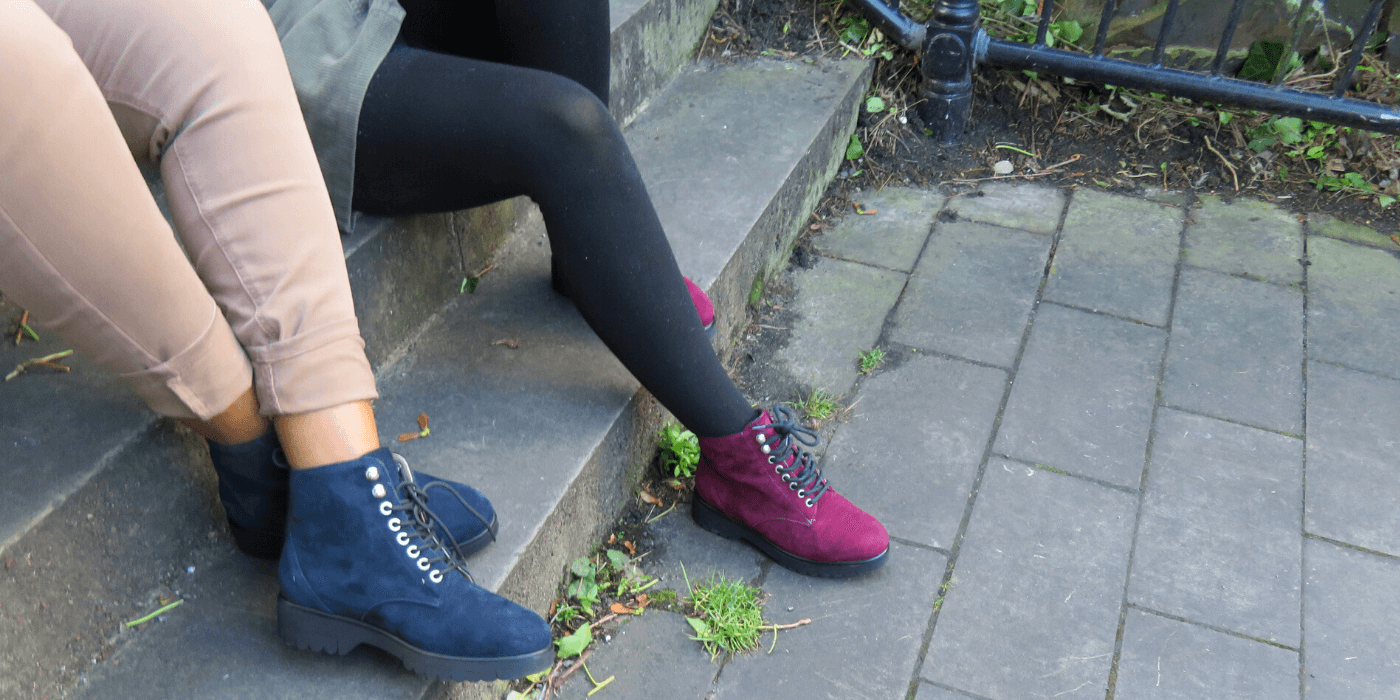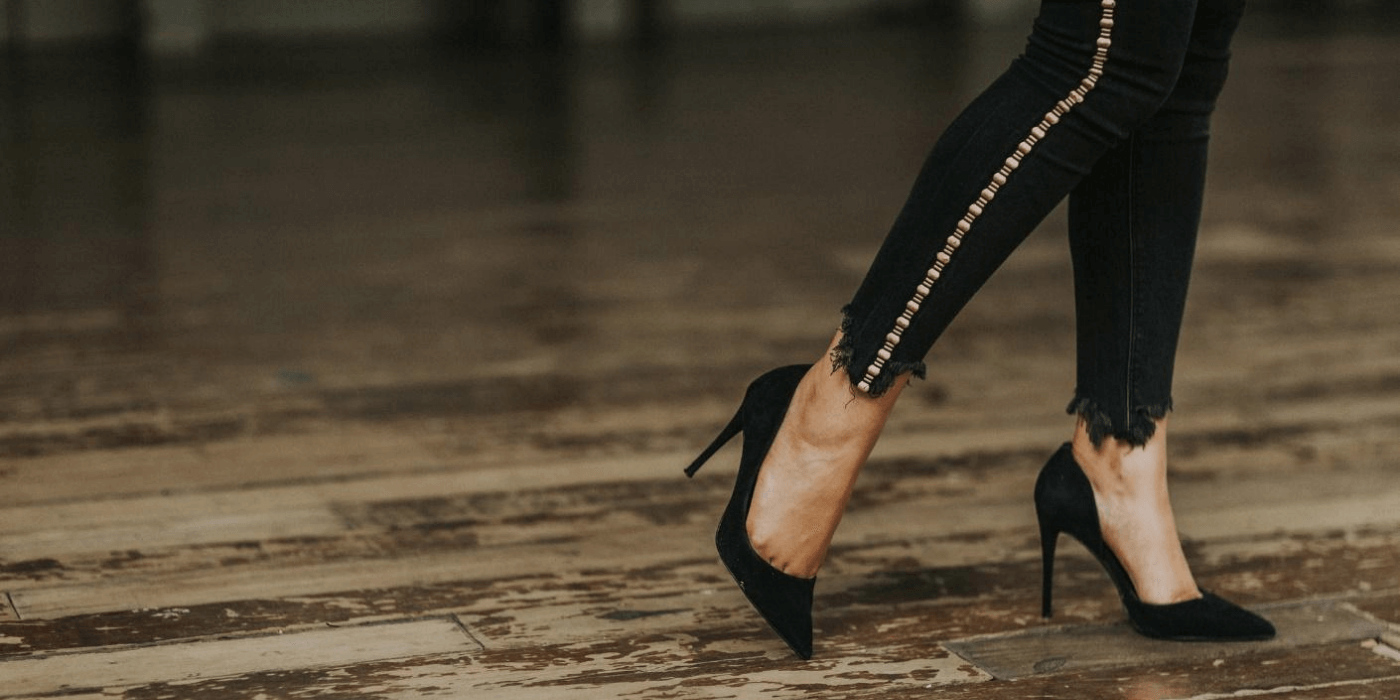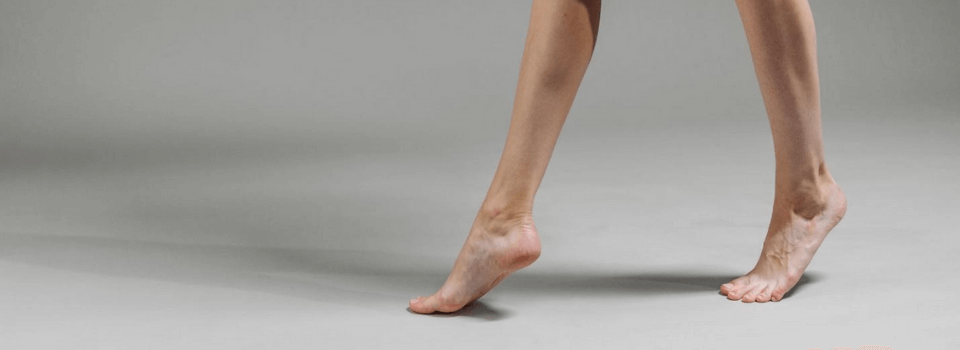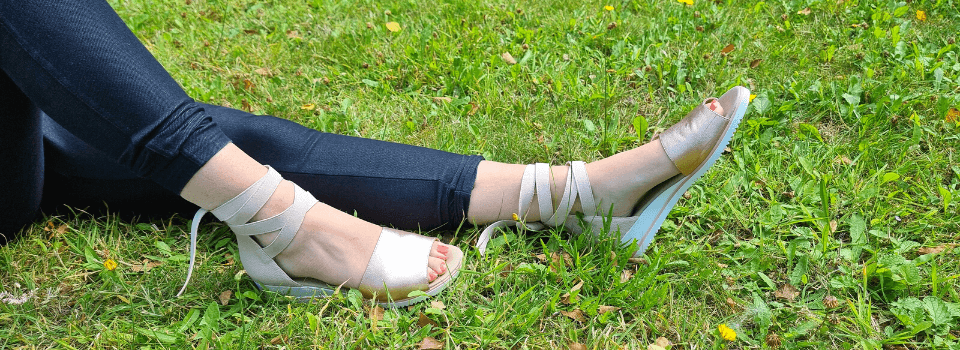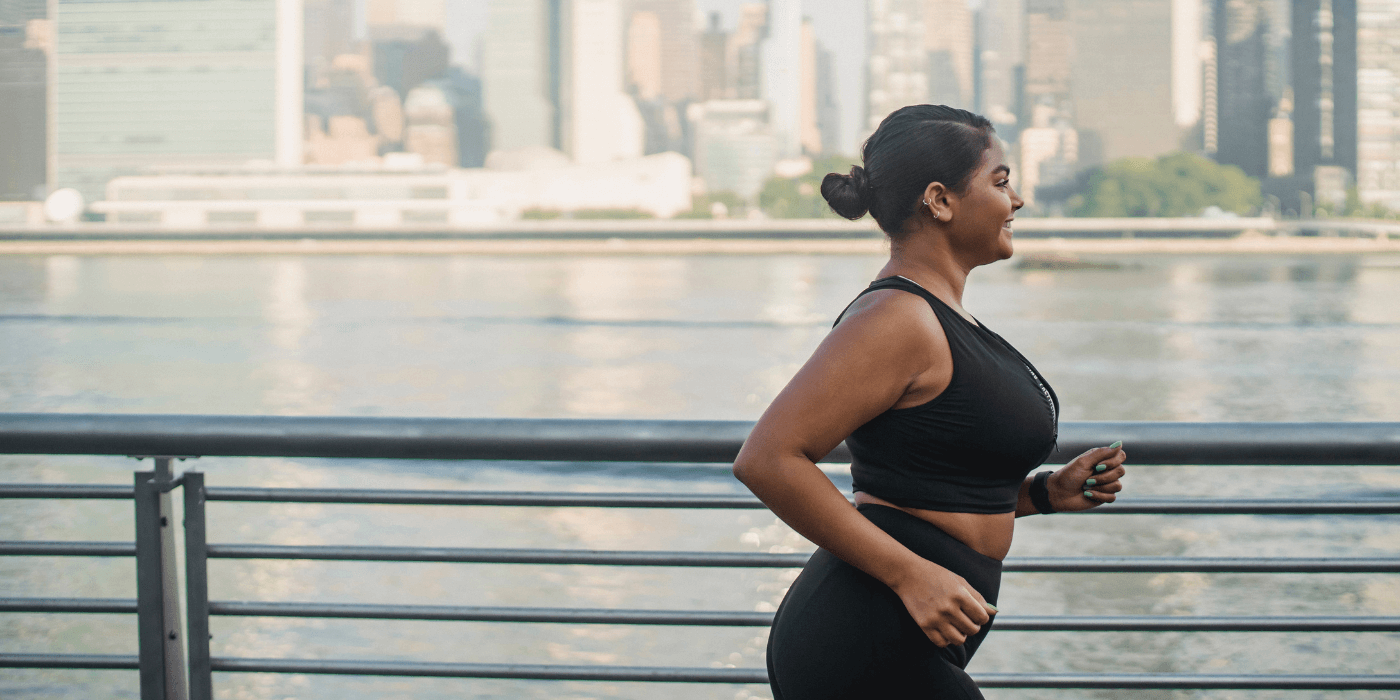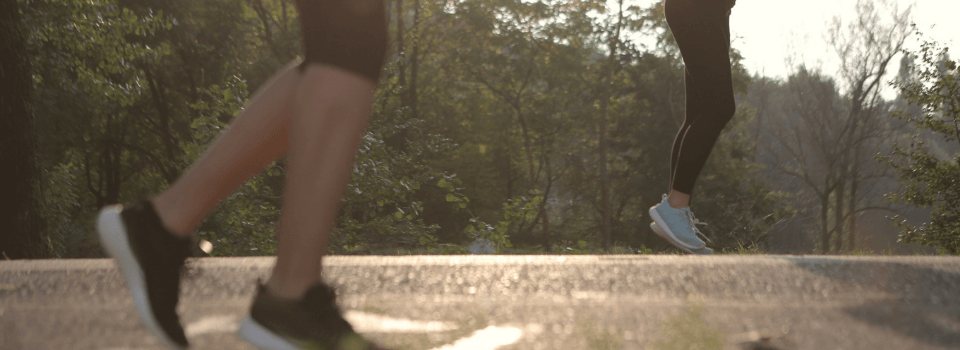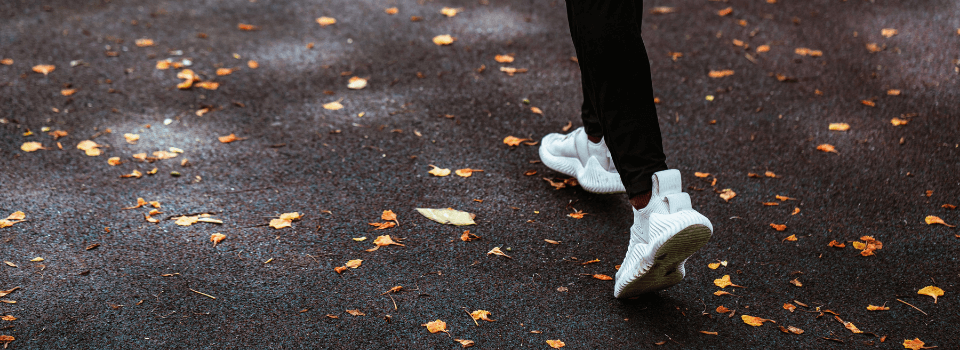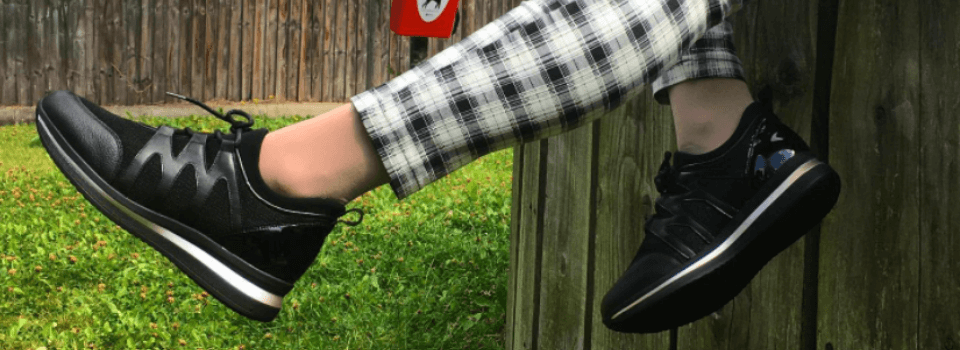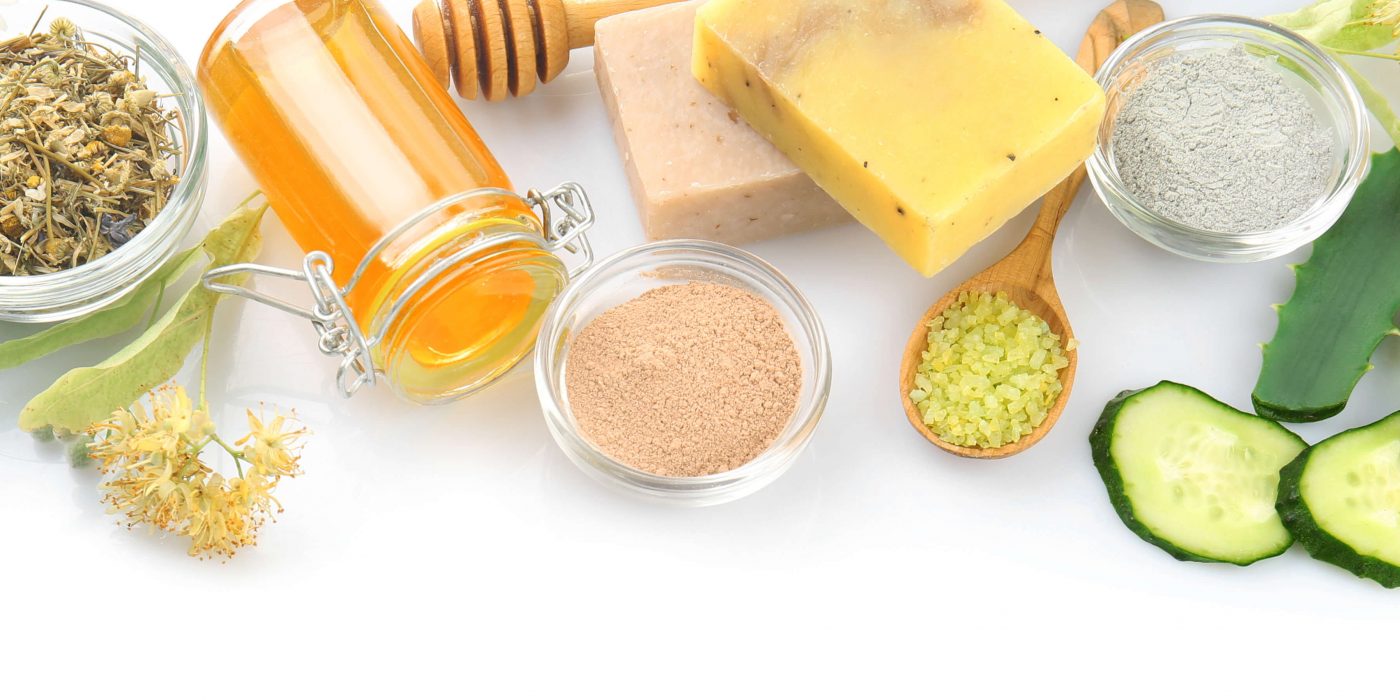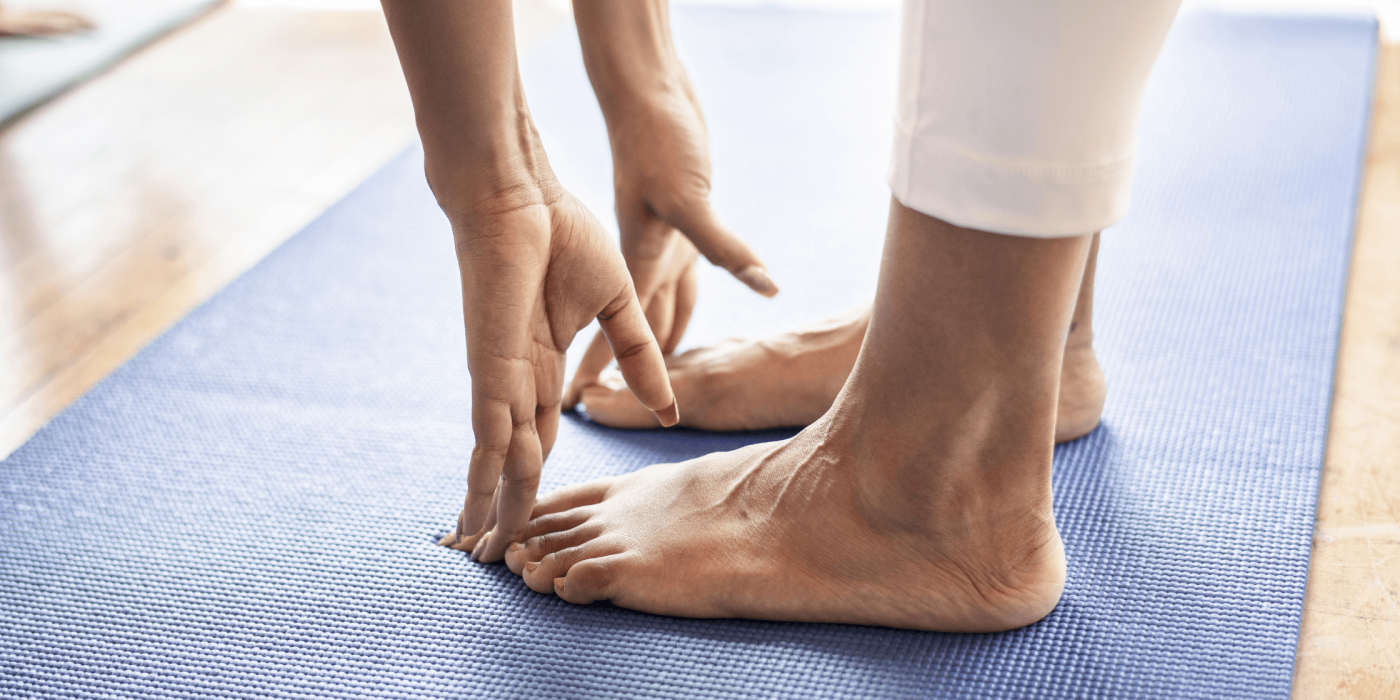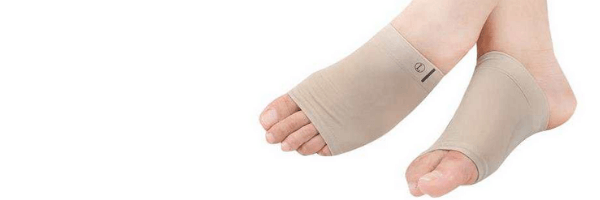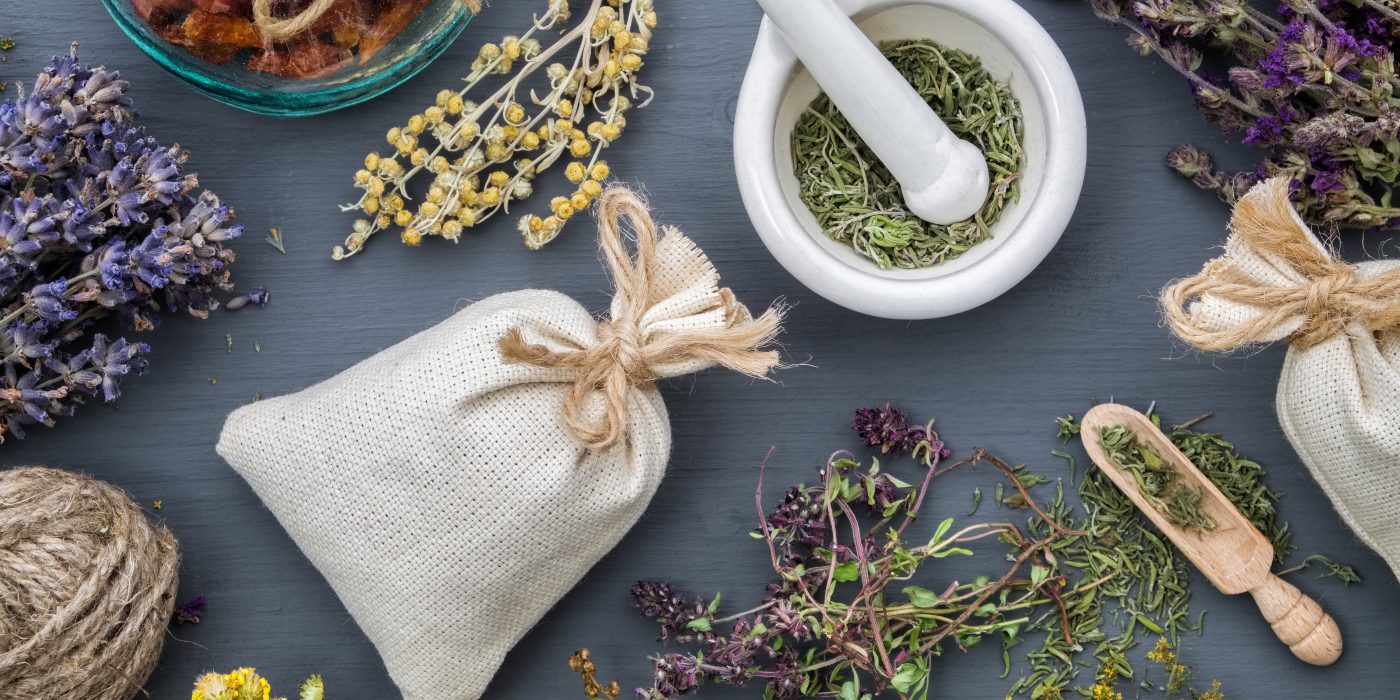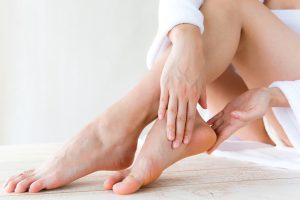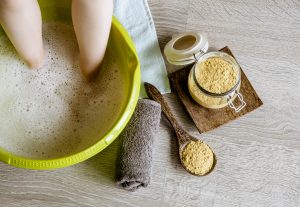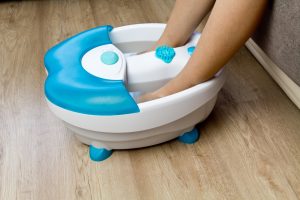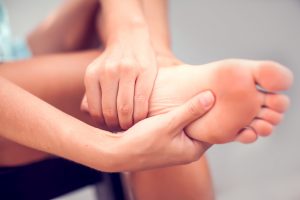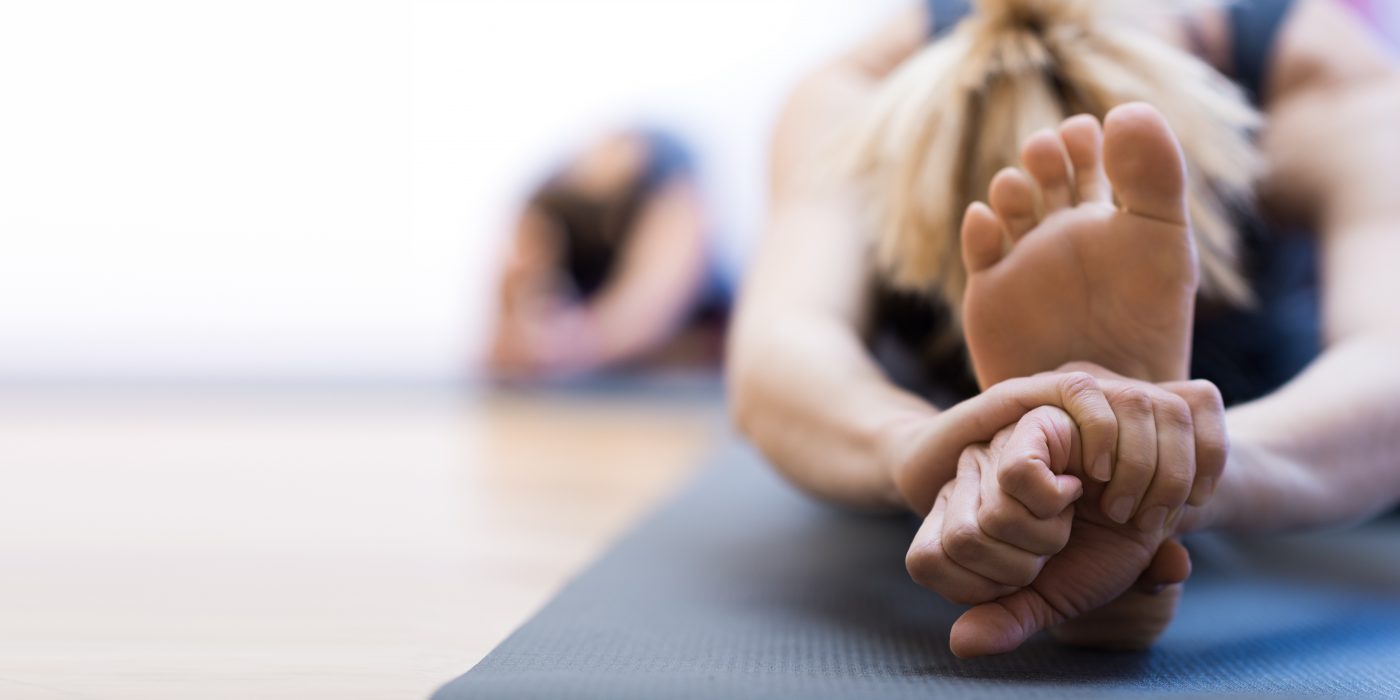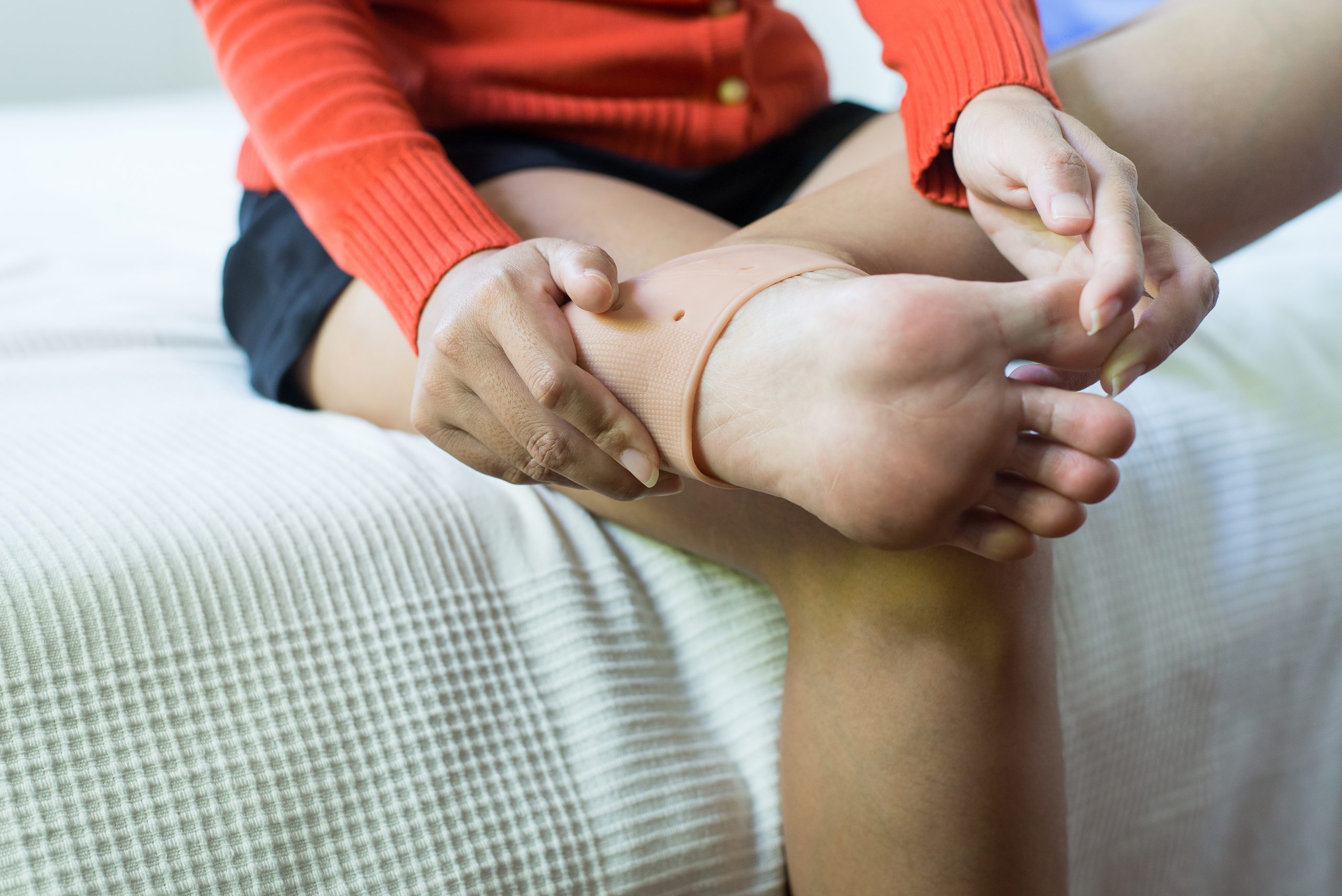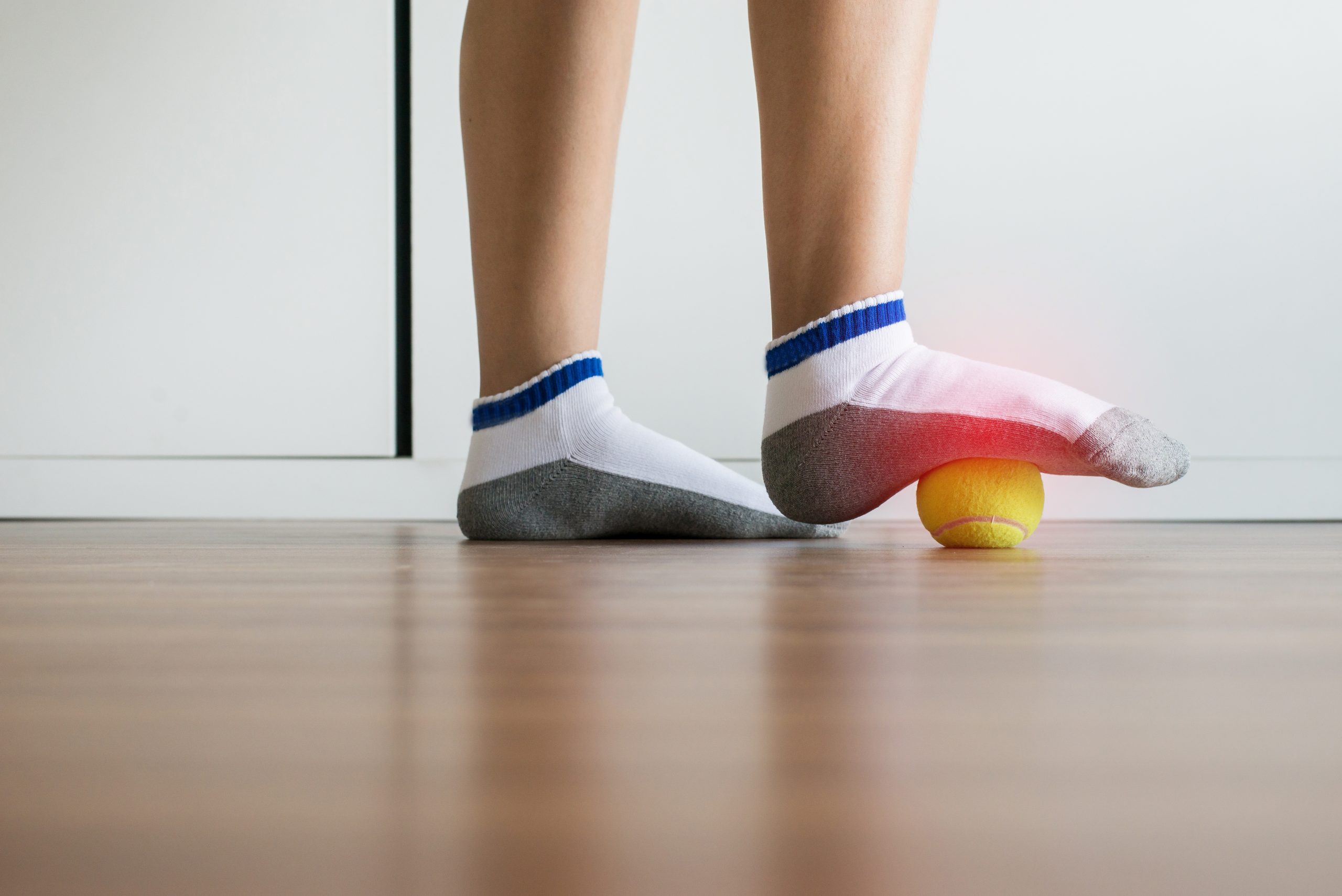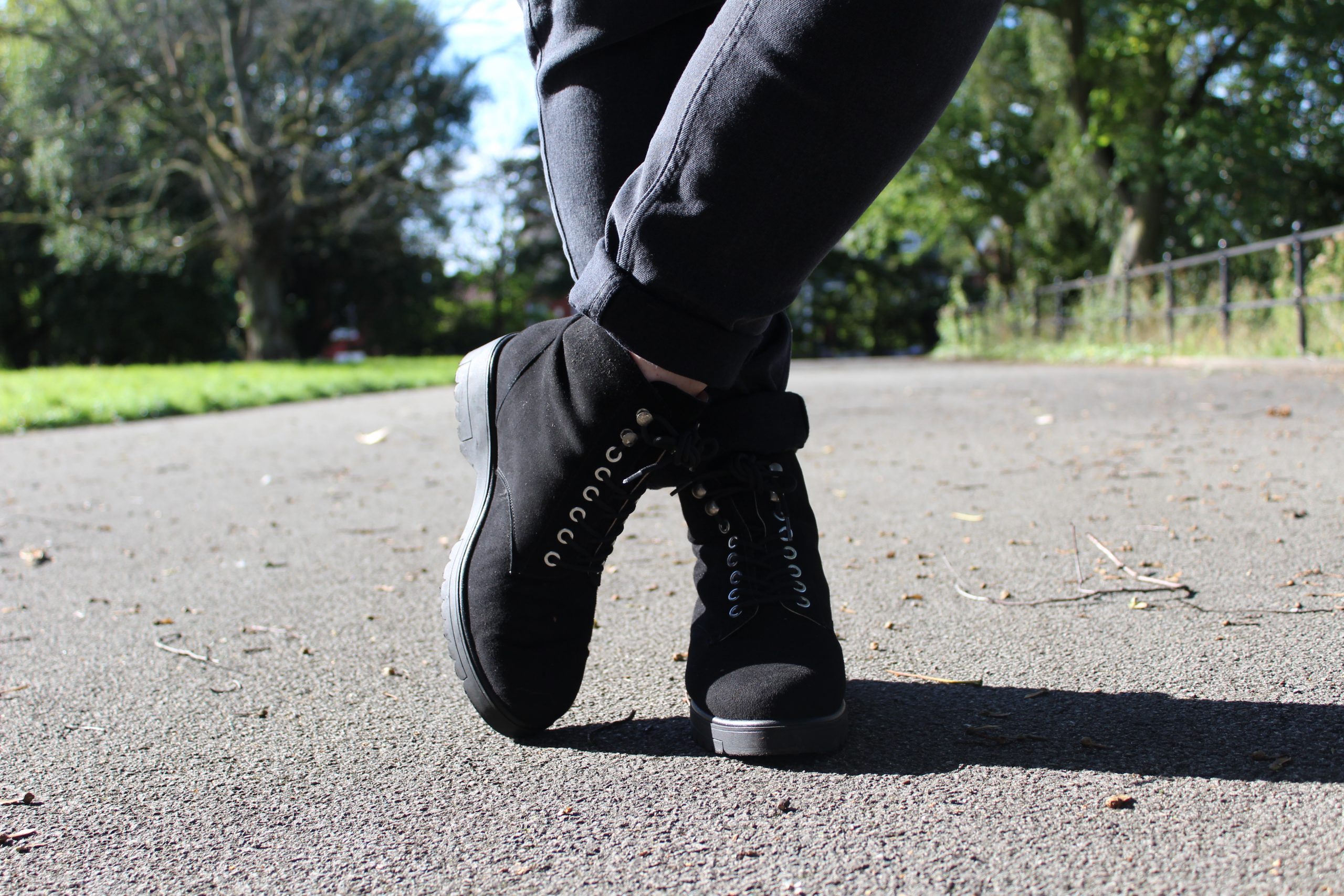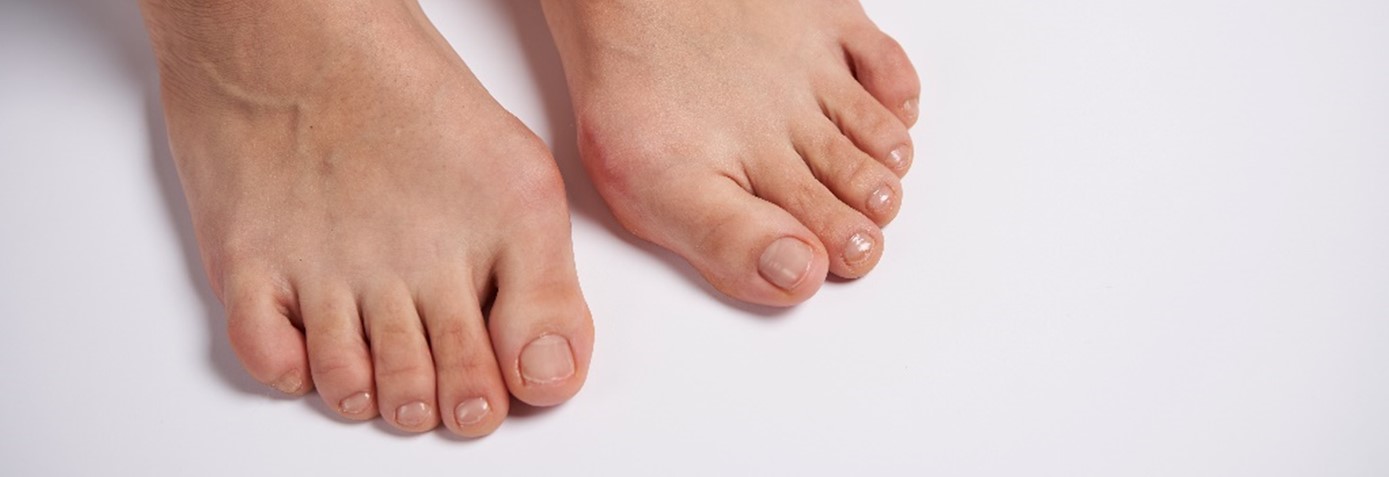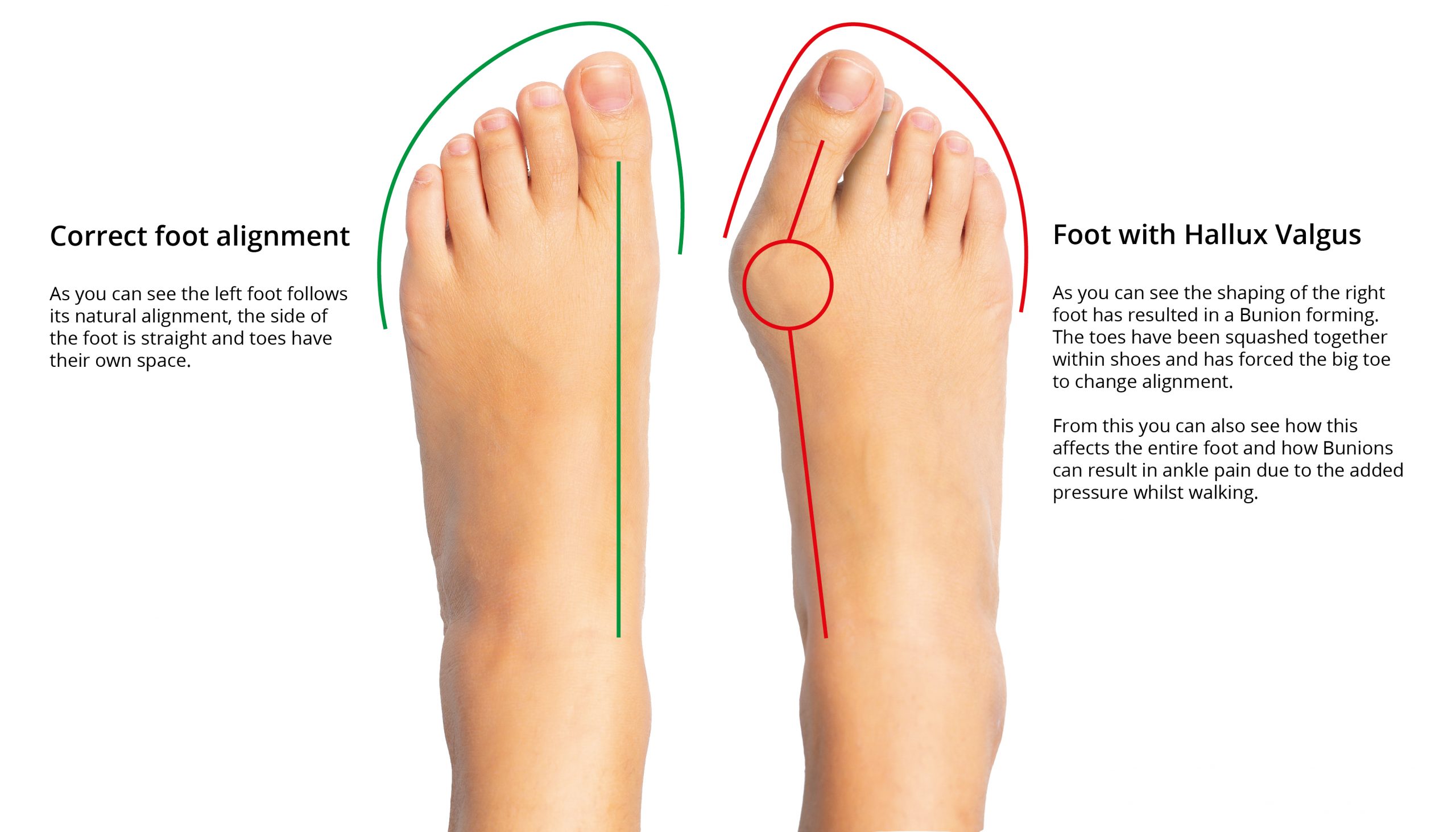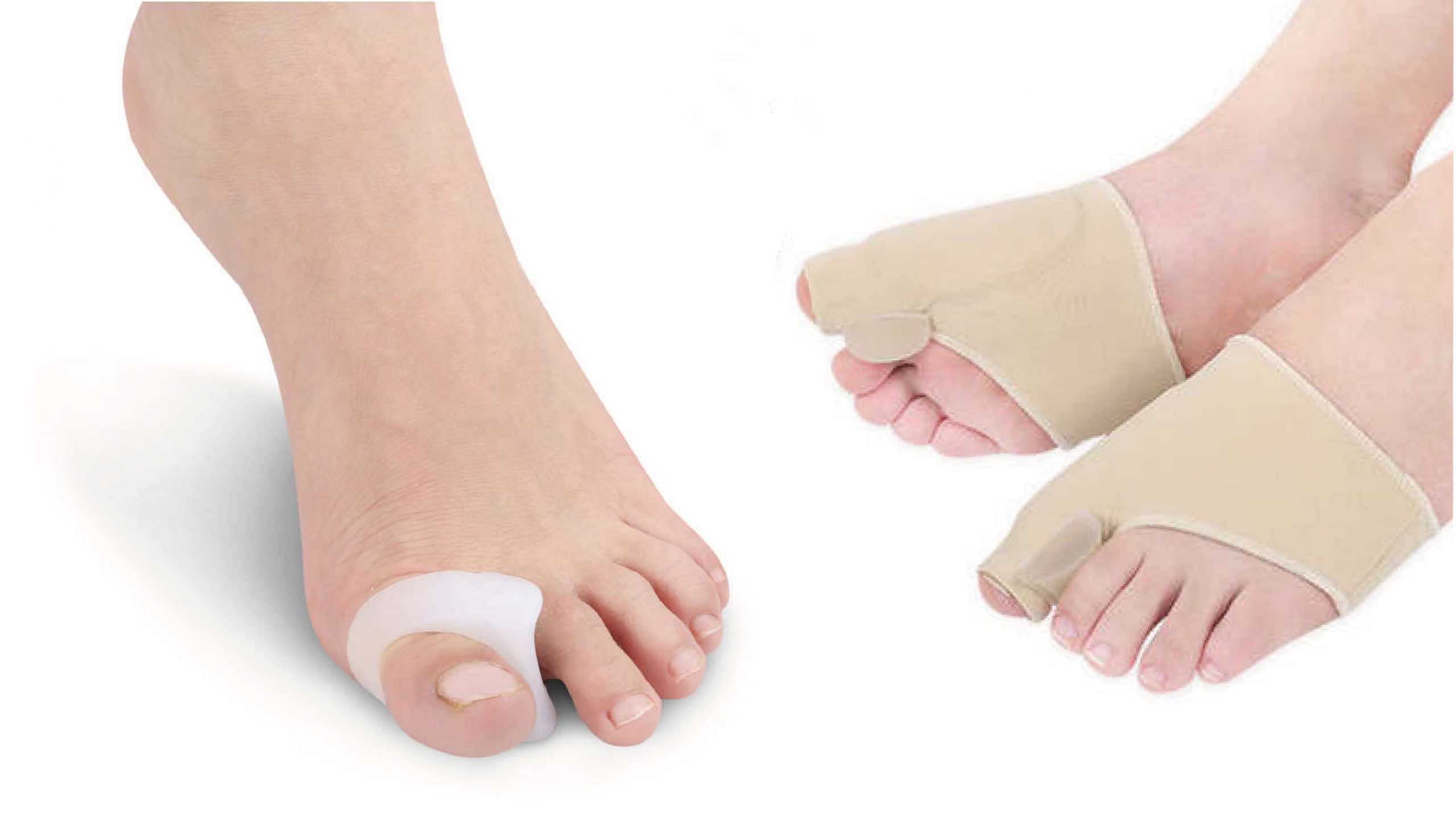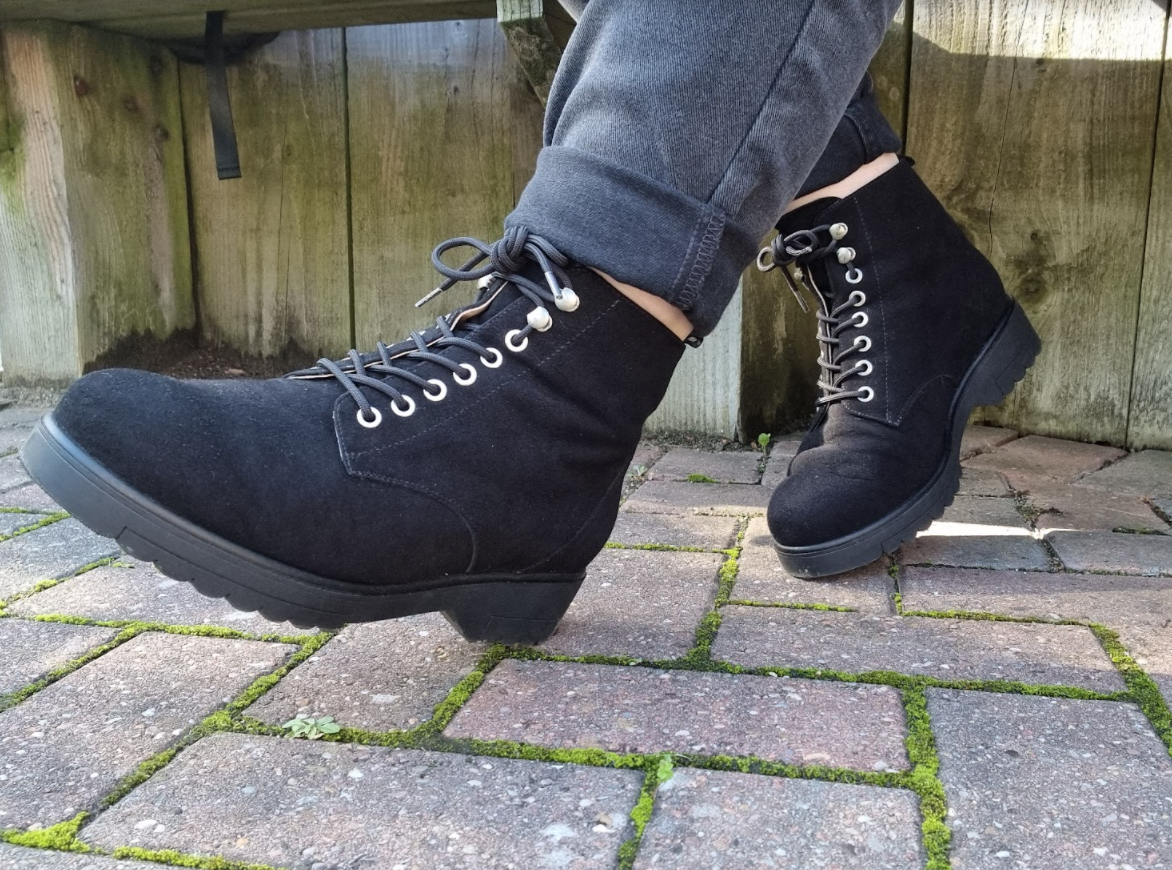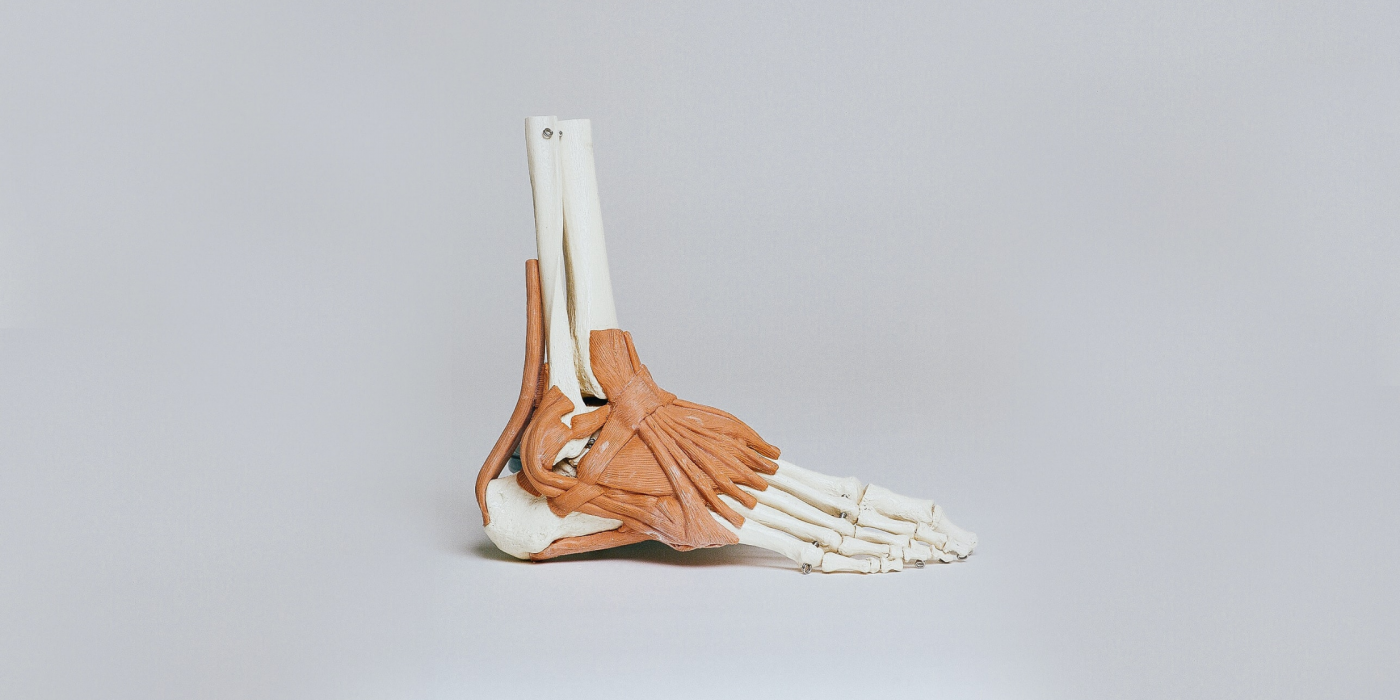Foot pain, soreness and joint strain are serious problems as they affect your wellness and can inhibit your most productive lifestyle. Orthotics are a useful way to aid in pain prevention and management by providing support, cushioning and stability. Orthotics can reduce the likelihood of strain and injury whilst engaging in activity, as well as being a great daily shoe for prevention of future foot conditions. But what is orthotic shoe technology? How does it differ from orthopaedic? How can you know if it can benefit your lifestyle?
Although generally conflated, orthotic and orthopaedic shoes have their differences. Orthopaedic shoes are medical shoes, often custom made for correcting the foot position. Orthotic shoes are more general, and rather than medically correct the foot, will aid in the function and natural alignment of the foot by providing stability, arch support, and cushioning.
Medical intervention with custom orthopaedic shoes may be necessary if more extreme and diagnosed chronic conditions, whereas orthotic shoes may be helpful if you have sensitive feet, flat feet, or feet that are prone to soreness and aches.
Could you benefit from orthotics?
- Do you have a hard time finding comfortable shoes?
- Do you have wide feet?
- Do you have a foot condition such as plantar fasciitis or flat feet?
- Are you prone to pain in the toes, arch, or ankle?
- Do you have bunions or callouses?
- Are your feet sensitive to your activity levels?
- Have you experienced pain in the knees or hips from misalignment?
If so, orthotic shoes may be beneficial for your lifestyle.
What can orthotics do?
Reduce Pain
Foot pain can be caused by strain, impact stress, and by not having enough or no support. Orthotic footwear helps to align the foot to a natural position to reduce muscle strain from an uncomfortable or unnatural walk or run gait. The muscles in our feet weaken over time, so it’s important to wear the right footwear and engage in exercise designed to strengthen foot muscles. Orthotics also cushion the feet and provide arch support to reduce impact stress that can cause injuries such as hairline fractures and Achilles tendinitis. If you experience pain in your feet, typically after walking or exercise, orthotic footwear may be beneficial for your feet.
Reduce Chances of Injury During Activity
During physical activity, running injuries and strain can occur in the feet after muscle use. This may alter the walk or jogging gait to an unnatural position as the body tried to compensate, leading to further injury. Supportive footwear that absorbs impact stress to the legs and feet can help reduce the likelihood of a strain injury. If you experience aches in your Achilles tendon, arch, or lower legs, these may be signs your activewear shoes are not providing adequate support. It may also indicate that your running posture can be improved, which is something orthotic shoes can help to realign with extended wear.
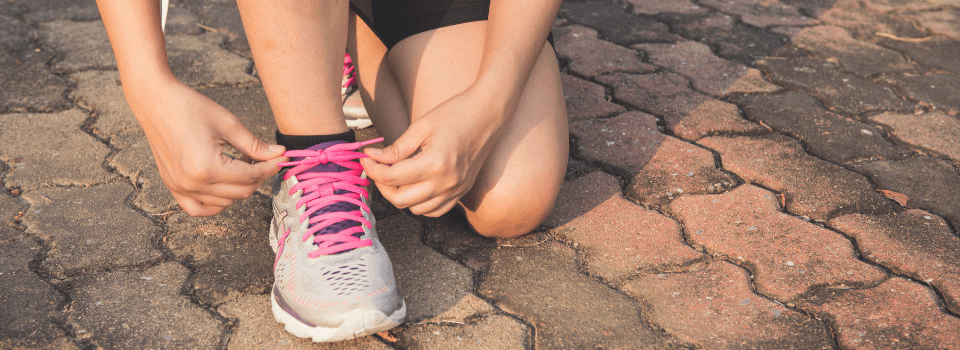
Aid In the Prevention of Future Foot Conditions
Providing optimum foot alignment, cushioning and support can act as a preventative measure even if you don’t yet have a foot condition but want to reduce the likelihood of developing one. Foot and leg pain are a common ailment in later years, and reduced mobility can have a negative effect on overall health and longevity. By pre-emptively planning the future heath-span of your feet, you may drastically alter your potential wellness later in life. If you find foot pain, strain, or soreness to be an infrequent experience, orthotic footwear could still be beneficial as a preventative measure for further foot health problems, whilst providing maximum comfort in the present.
Correct Posture and Walk Gait
Orthotic shoes are built to aid in the natural alignment and weight distribution of the foot. This means the walk gait, that affects strain, stress impact, and long-term foot function, is optimised. Posture can also affect upper legs, hips, and lower back, so pain in these areas may indicate an incorrect posture. Incorrect posture can be caused by compensating for pain in an isolated area of the foot or leg, muscle tension or weakness, or bad weight and force distribution. If you feel discomfort when walking it may be a symptom of bad posture or misalignment that orthotic shoes can help with.
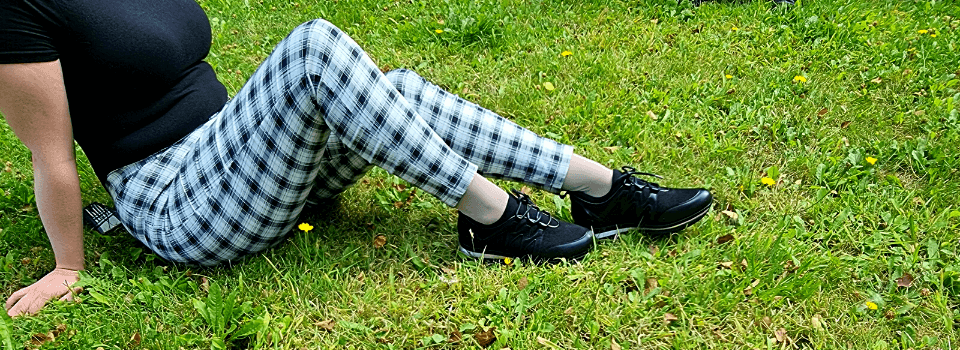
How can Uufey Shoes be beneficial for your lifestyle?
Uufey shoes are designed with comfort in mind, with built-in orthotic features. Our footwear range includes features such as removable inserts, EVA midsole technology, orthotic footbed, wide fit, deep heel cups, and stability improving soles.
Three Zone Comfort is infused into each and every one of our shoes during the production process, offering you:
- Stability: reduces muscle strain and helps you to maintain balance.
- Arch Support: shock-absorbing arch supports are ideal for preventing and treating heal pain and plantar fasciitis.
- Cushioning: extra support for ultimate comfort and durability.
For more information on how traditional shoe styles can cause strain to your feet, read our blog post here.

